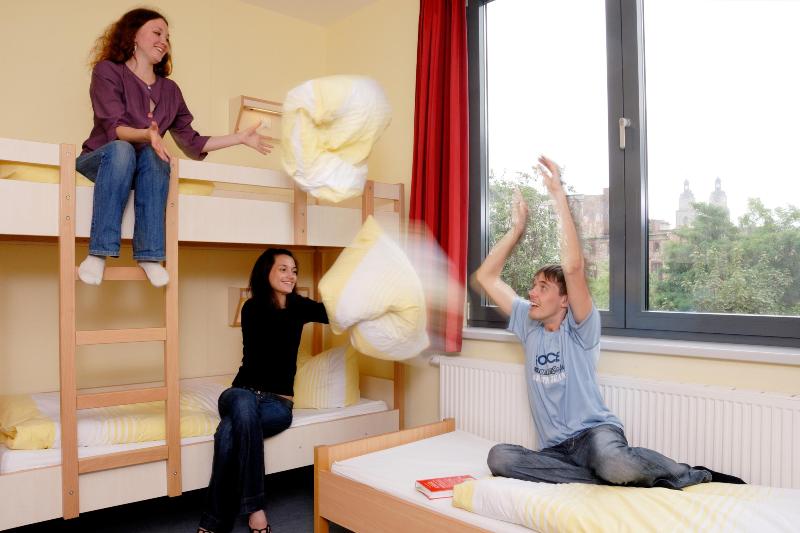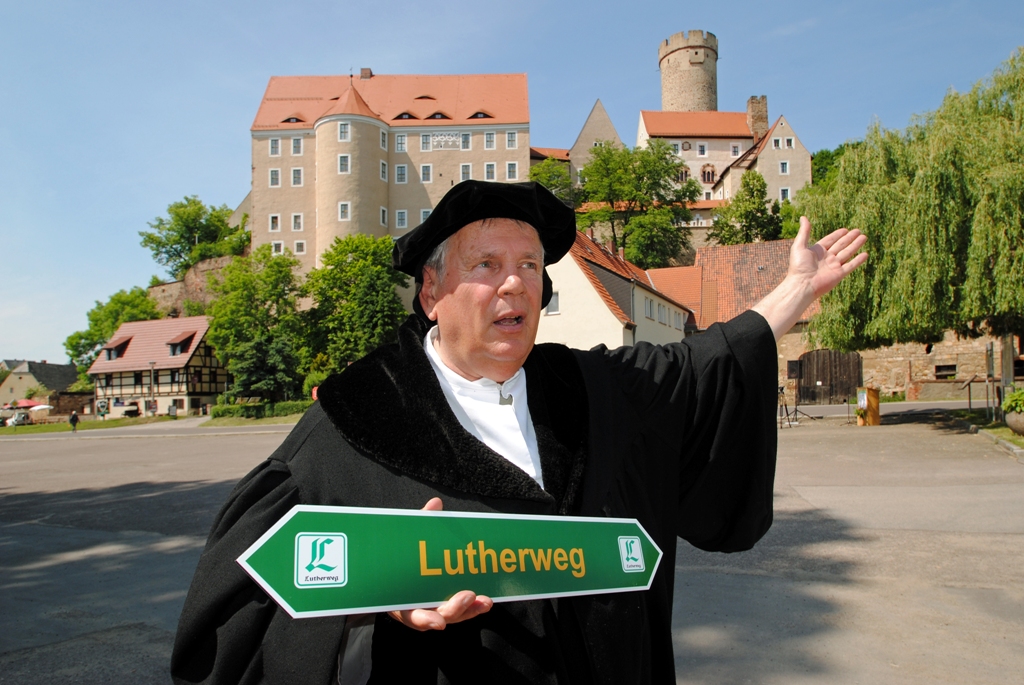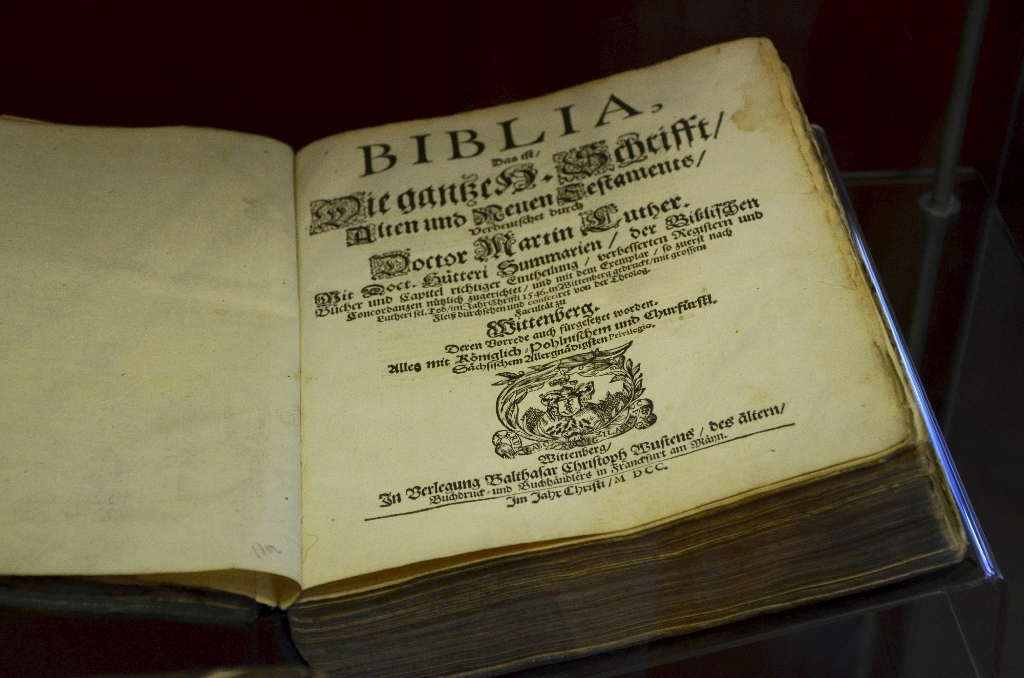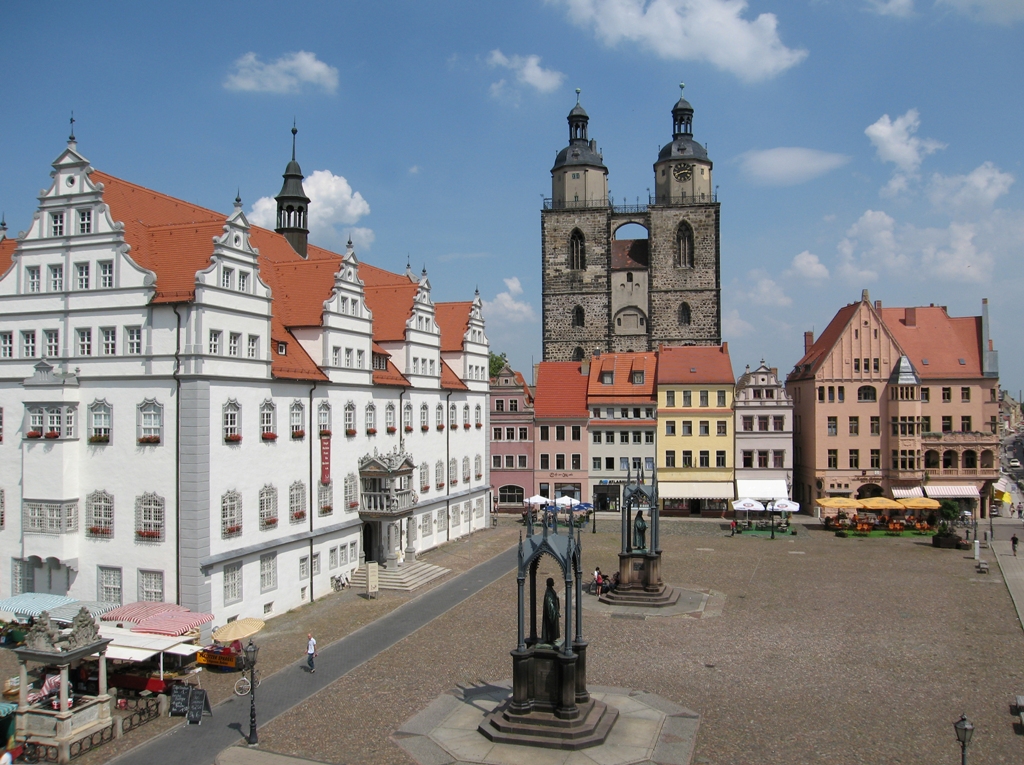Following the trail of Martin Luther and the Reformation in Germany
This is where the Middle Ages come to life.
In 2017, Germany remembers Martin Luther (1483 – 1546). The theologian is famous for questioning the teachings and practices of the Church, triggering change in all areas of society. Luther remains a person of great interest today, and visitors can search for his traces in all the places of his ministry. The youth hostels in the area have created various itineraries to discover the places where Luther once lived and worked.
500 years ago – in 1517 – Luther nailed his famous 95 Theses onto the door of the church in Wittenberg. In them, he criticises the clergy for the undesirable path the church had taken and its incorrect teachings. The only standard he accepted was the Bible, which he translated into German. The invention of movable-type printing led to a rapid diffusion of his theological teachings.
In the 16th century, all of Europe began to experience great upheavals. Luther didn’t just change the domain of the Church, he set a Reformation of politics, economics, science, art and culture in motion. The Middle Ages ended, and a new way of thinking was born.
Many of the places the strident theologian lived and worked have been restored. He was born on November 10 1483 in Eisleben. The house of his birth has been converted into a museum, and its exhibition is devoted to Luther’s birthplace and life in the Middle Ages. The house of the Luther family has been recreated with historical furniture and tools. The house in which Luther was born is listed as a UNESCO World Heritage site. Guests can stay in the nearby
youth hostel in Halle, that was recently opened in 2016.
Luther was a professor at the University of Wittenberg. The many original sites here are full of history. UNESCO has even named four buildings in the city as World Heritage sites. One of these is the Lutherhaus, which was originally a monastery in which Luther himself lived as a monk. It was later closed down. Luther lived in the building with his family and his wife Katharina von Bora. Today, the former home is the largest museum dedicated to the history of the Reformation in the world.
The
youth hostel is right next to the famous Schlosskirche and the castle. It is located right in the centre, in quiet restored historical buildings.
Only 10 kilometres lie between
Cloditz Youth Hostel, a renaissance castle, and Nimbschen Convent, where Katharina lived as a nun. The convent has since fallen to ruin, but still welcomes visitors.
Luther found refuge from his persecutors in Wartburg Castle in Eisenach, where he translated the Bible from Latin into the language of the people. Wartburg Castle houses the exhibition “Luther and the Germans”. It defines the meaning of “German”, describes the social situation in the Holy Roman Empire at the beginning of the 16th century and the significance of Wartburg Castle for the Germans and for Luther. The youth hostel lies below the castle in a renovated villa. From here, it isn’t far to the historical city centre with its late-gothic city hall and the baroque castle. One of Thüringens oldest remaining half-timbered houses was where Luther lived during his schooldays.

Anyone wishing to embark on a longer journey will find a lot of information about the Reformation along the Lutherweg. The trail is marked with a stylized “L” on a white background and runs through Bayern, Sachsen, Sachsen-Anhalt and Thüringen, a total of 2,000 kilometres. The trail passes through different regions and places in which Luther and his companions worked. There are many youth hostels along the trail offering cheap accommodation.



